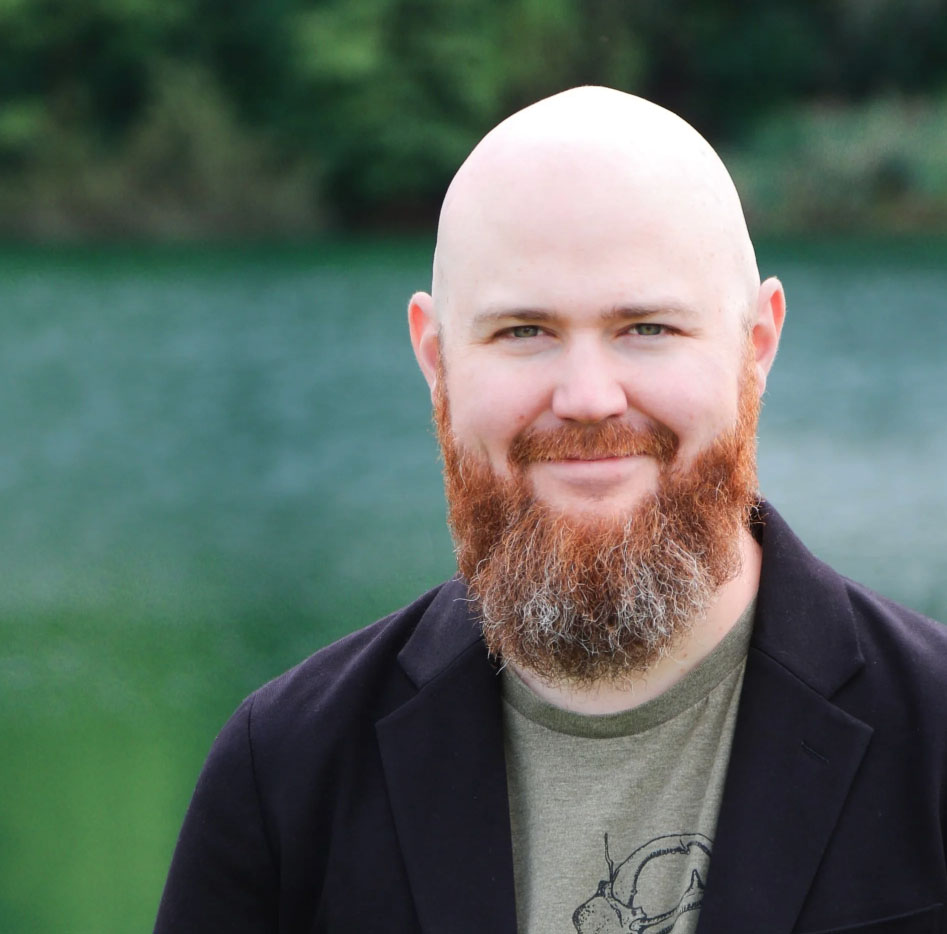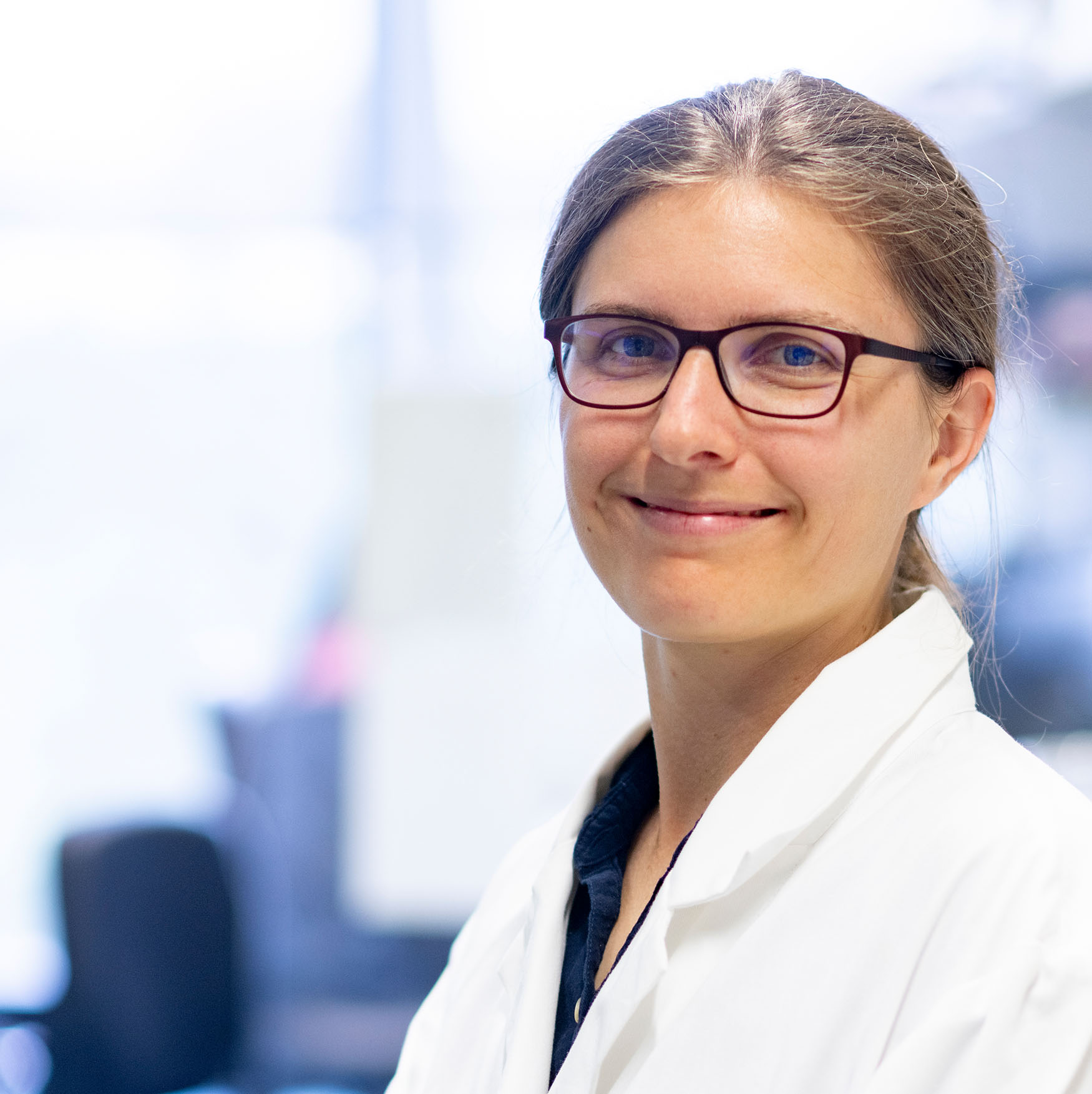Two new European Research Council Starting Grants in Plant research and Medicine for the University of Tübingen

Starting Grants are awarded to outstanding researchers from any discipline early in their careers – between two and seven years after completing a doctorate. Joel Frohlich’s project, FETAL-MIND, uses magnetoencephalography to investigate how the brain processes social impressions before birth. In the CooPAIRation project, Clémence Marchal will investigate how plant immune receptors may be optimized to help improve resistance to disease in crops.
Joel Frohlich – Early social perception: Unveiling the fetal mind

As the human brain develops in the womb, what does it perceive? Joel Frohlich aims to answer this fascinating question with his ERC Starting Grant-funded project, FETAL-MIND (“Do fetuses perceive social stimuli? A magnetoencephalography investigation of the prenatal mind”).
Using extremely sensitive technology that detects magnetic brain activity, Joel Frohlich and his team will study fetuses in the final weeks of pregnancy to discover whether unborn brains respond differently to voices or face-like images – core elements of social identity – as opposed to other sounds and images unrelated to social interaction.
Frohlich emphasizes that the womb shouldn’t be thought of as an isolation tank – instead, muffled sounds and red light reach the fetus’s developing brain in the final three months before birth. FETAL-MIND will make use of this by playing prerecorded voice clips for the fetus and even projecting three points of red light into the womb that may resemble two eyes and mouth, forming a face-like image.
To measure the fetal brain’s response to these sounds and images, the project will use unique hardware, known as fetal magnetoencephalography (fMEG), custom-built for measuring prenatal brain activity. With only two such devices in the world, Tübingen is uniquely positioned to investigate questions related to prenatal sensory processing. The project will also explore the application of a new, more accessible technology for detecting fetal brain activity called optically pumped magnetometers (OPMs).
Why is this important for society?
Understanding when and how the brain begins to perceive social signals could help scientists develop early signs of neurodevelopmental conditions. Furthermore, validating flexible and affordable techniques like OPMs could make advanced fetal brain studies available to more hospitals and families worldwide.
Thanks to the ERC’s 1.5 million euros support, research I conduct here in Tübingen may soon reveal how we start to connect with the social world even from the womb. I’m really excited that this project could make fetal neuroscience more accessible while expanding our knowledge of fetal perception,” says Frohlich, venturing a glimpse of possible outcomes from the project.
Clémence Marchal – Developing better immune defenses in wheat

Clémence Marchal's project, "Optimized plant immune receptor pairs for improved disease resistance" (CooPAIRation), will receive ERC funding totaling 1.65 million euros over a five-year period. Using bioengineering methods, she aims to develop new strategies that will enable the immune systems of crop plants to respond more effectively to emerging pathogens.
A plant detects that it is being attacked by pathogens such as bacteria, viruses or fungi via receptors in its cells, which recognize molecules derived from the invaders. This triggers immune reactions:
The plant's defense strategy often involves deliberately killing the infected cells to isolate the pathogen and prevent it from spreading further. Certain receptors both bind pathogen protein and directly trigger the plant's immune response. However, I am particularly interested in receptor pairs in which the respective functions of recognition and of initiation of the immune response are distributed between the two different receptors. I want to understand how receptor pairs communicate with each other and how mutations in these receptors influence the immune response", Marchal explains.
This division of labor seems cumbersome, but according to the general assessment of science, it offers more flexible options for evolution and adaptation to new pathogens.
Marchal's main model plant is wheat, in which many receptor pairs exhibit great genetic diversity. She will seek to test different receptor pair combinations in the laboratory and thus explore the minimal requirements for two receptors to be compatible as a pair.
Optimizing defenses against emerging pathogens
Wheat is not an easy model plant to use because it has a large genome, that is, a large overall gene pool, and a long generation time. But it has the advantage of results directly relevant to an important crop, explains the researcher. Marchal is convinced that, if they know more about receptor communication, scientists can develop new resistance profiles in a more targeted manner and optimize defenses against emerging pathogens.
Latest Highlights:
UAM opens doors to science for teens at First International Youth Campus
Upgraded solar telescope brings scientists closer to predicting solar flares
NKUA opens branch campus in Cyprus, marking a new era in Hellenic academic cooperation
Lights, camera, impact: “Our Homes” documentary by CIVIS students ready for the big screen
The BIPs went to South Africa: Exploring Maternal & Neonatal Immunisation in Johannesburg
